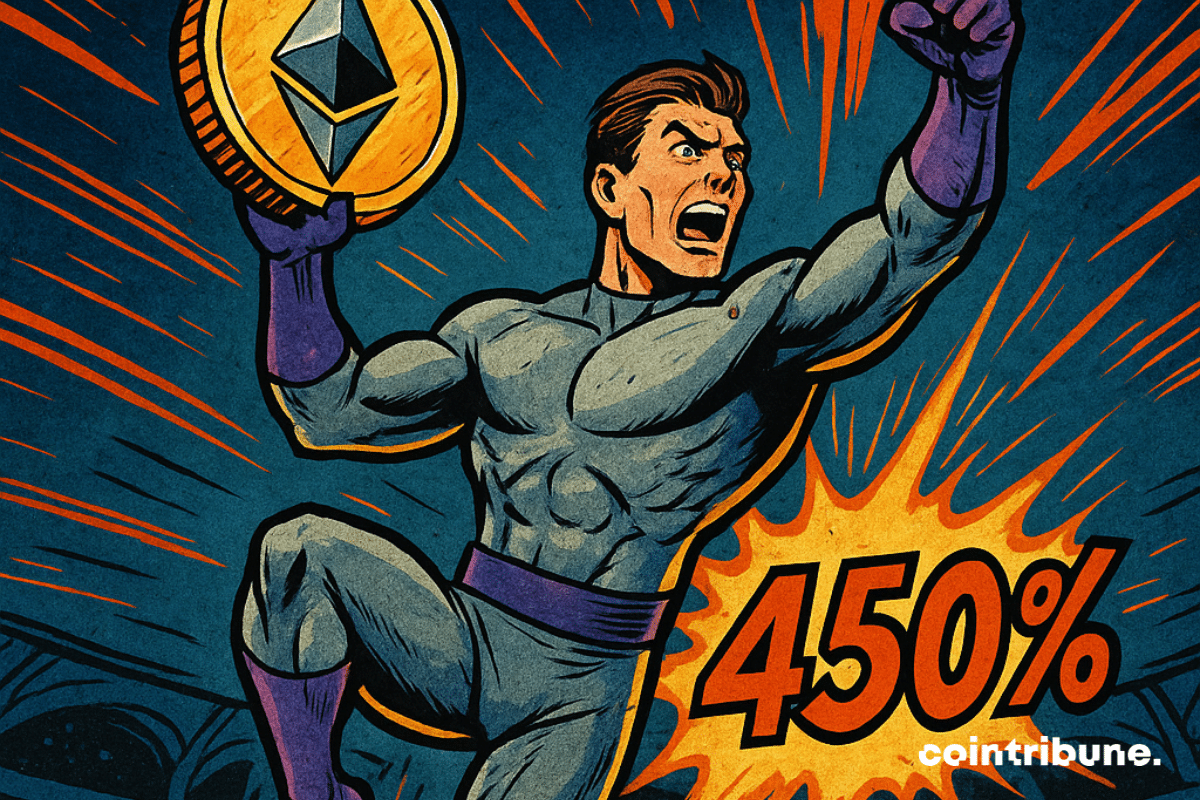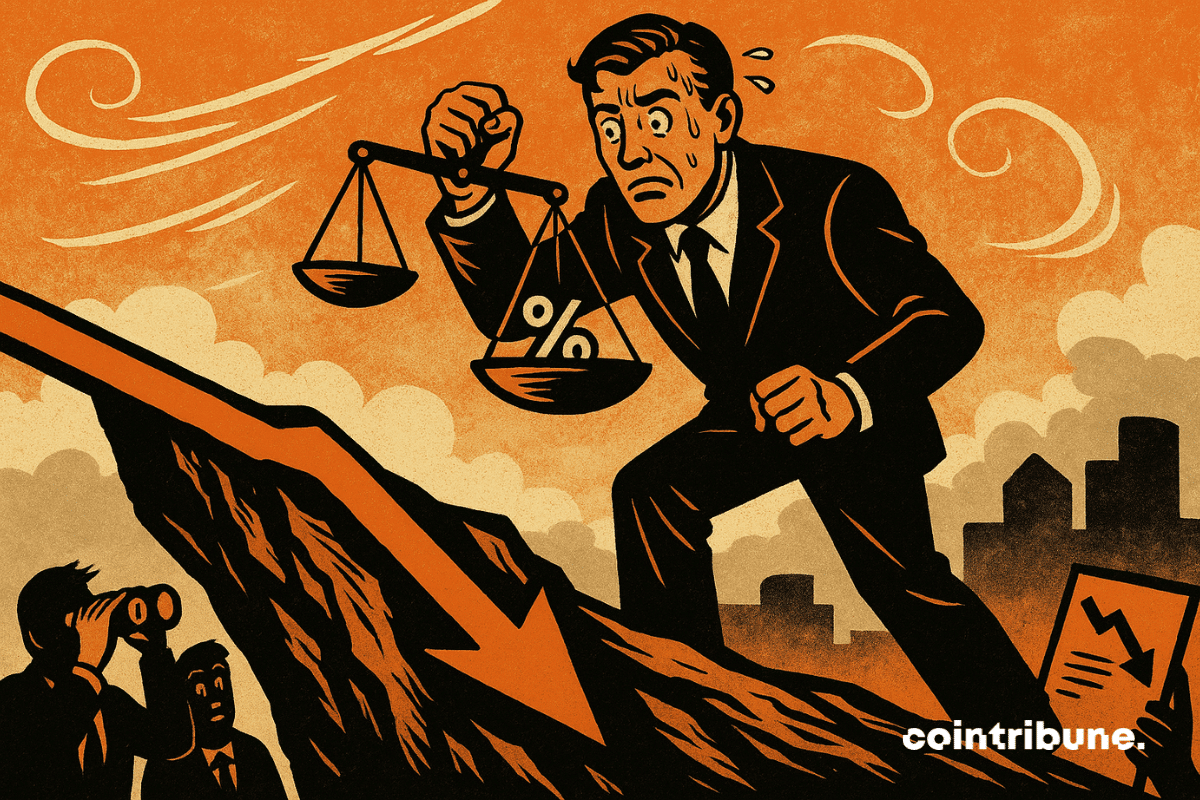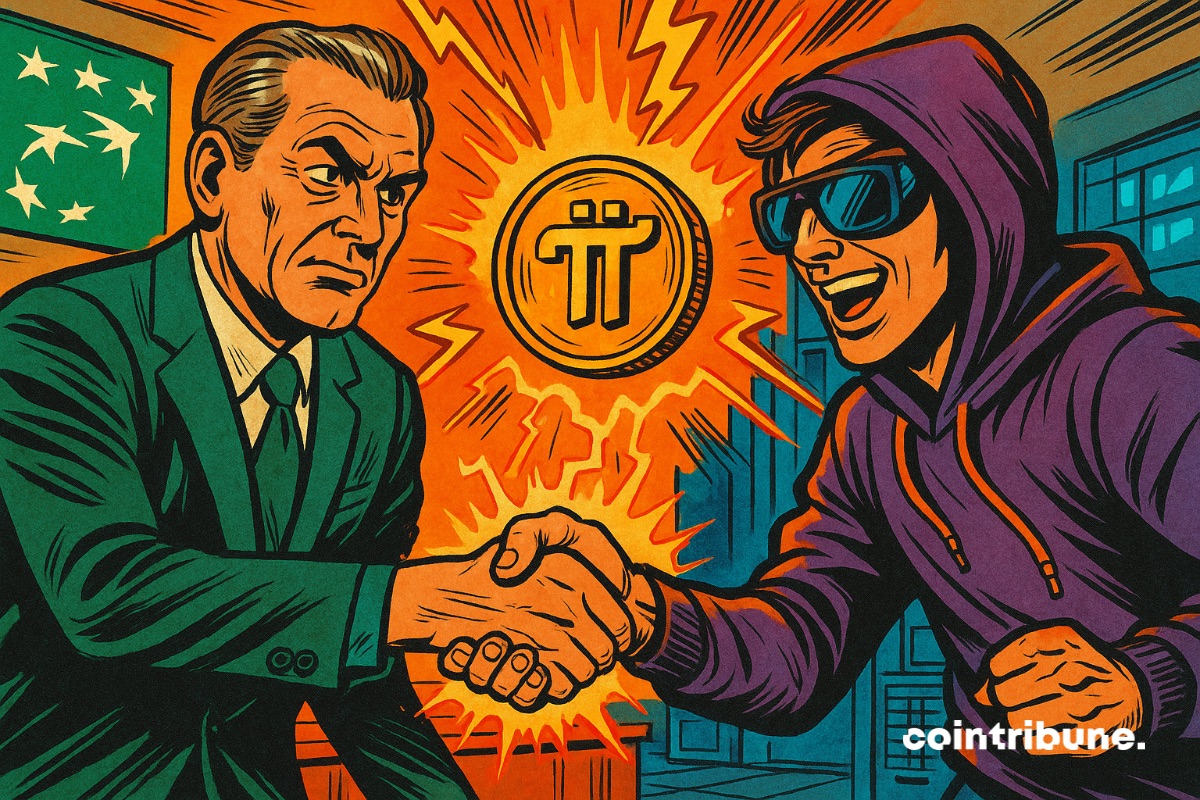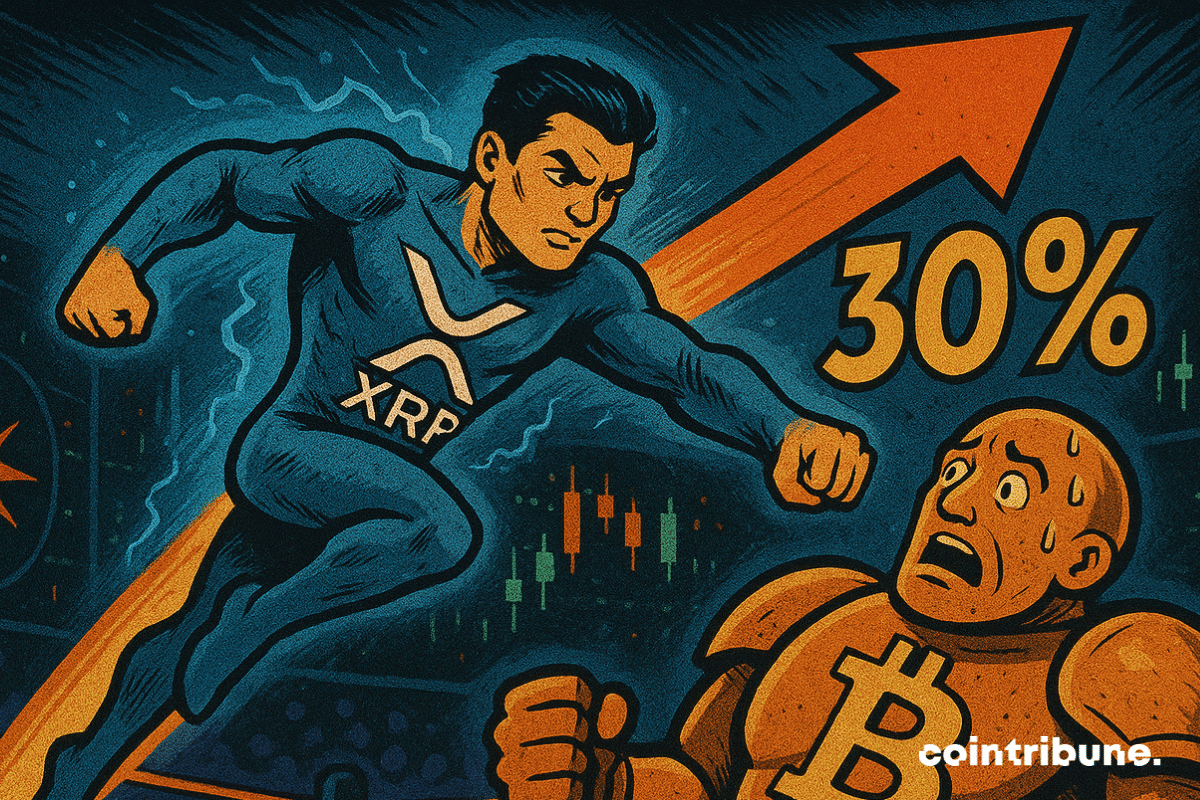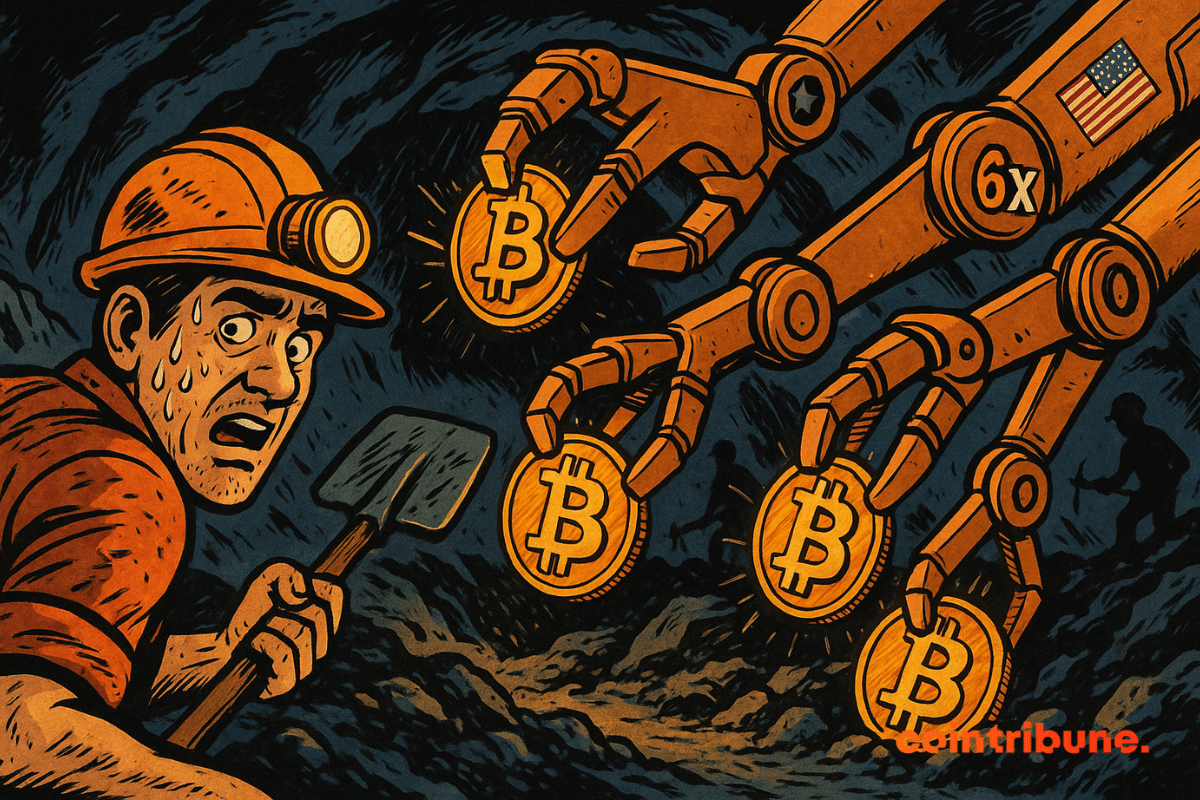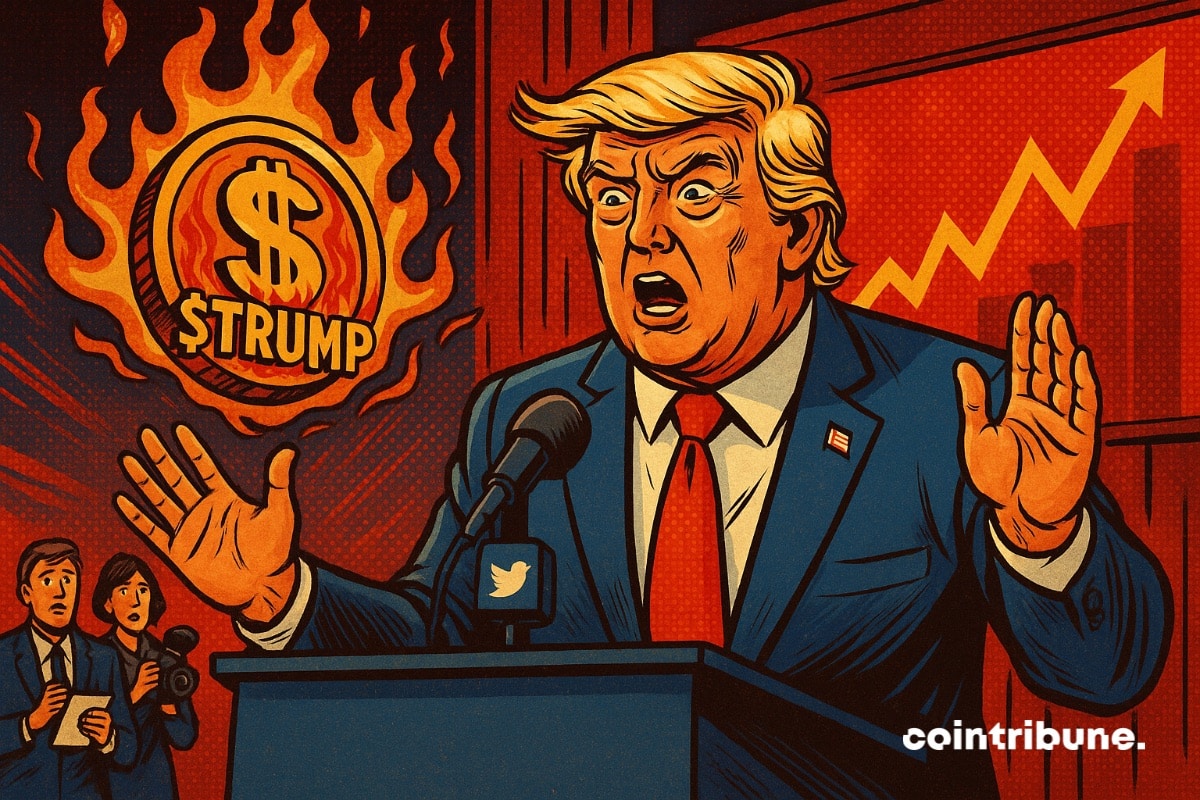Real estate investment attracts many investors due to its stability and appreciation potential. However, access to this market remains restrictive due to high costs and complex administrative procedures. The tokenization of real estate simplifies these barriers by making the purchase and management of properties more accessible. RealT allows investors to acquire fractions of properties through blockchain technology. This approach offers increased liquidity and passive income in stablecoins. This article explores how RealT works, the steps to purchase real estate tokens, as well as the profitability and successful investment case studies.
Archive 2025
Real estate remains an essential investment sector, but it presents high entry barriers. Purchasing properties requires significant capital and complex procedures. Today, decentralized finance (DeFi) and blockchain are disrupting this model by offering more accessible solutions. RealT applies these innovations to real estate investment by enabling the purchase of property shares in the form of tokens. This model facilitates access to ownership and enhances the liquidity of real estate assets. Thanks to DeFi, investors can use their tokens to generate additional returns. RealT thus positions itself as a bridge between traditional real estate and decentralized finance, creating new opportunities for investors.
The ETH/BTC ratio is dangerously close to the critical level that triggered a spectacular rise in Ethereum in 2019. Technical indicators and proposals from Vitalik Buterin are fueling hopes for a major turnaround.
Powell slows down, Trump strikes, the markets are in a frenzy. Between surtaxes and threats of dismissal, monetary independence is riding a rodeo amid the discreet applause of 6-dollar eggs.
BNP Paribas makes a notable entry into the crypto world by partnering with Pi Network. This strategic partnership could revolutionize the European financial landscape by combining the power of blockchain with the efficiency of SEPA transfers. A promising alliance that could propel the PI token to new heights.
While the crypto market digests the post-halving calm, a technical setup is quietly attracting attention: the XRP/BTC pair could surge by 30%. Far from a simple bullish scenario, this signal is based on a marked tightening of the Bollinger Bands, often a precursor to sharp movements. For traders, this type of compression is never trivial. It often heralds a resurgence of volatility, in either direction. This time, all indicators are converging towards a possible spike.
While uncertainty looms over global markets, a clear signal is emerging at the level of bitcoin: on-chain activity is surging. With nearly one million active addresses in 24 hours, a high not seen in six months, attention is shifting back to the fundamentals of the network. BTC, after peaking at $97,000, is oscillating around $94,000. This surge in activity is intriguing: is it a lasting effect or just a fleeting frenzy? Traders are sharpening their analyses and watching for the next impulse.
Institutional demand for bitcoin is skyrocketing. Last week, U.S. ETFs accumulated 18,644 BTC. In comparison, miners only extracted 3,150. An unprecedented gap is disrupting the traditional balance.
In the crypto market, opportunities do not announce themselves. They explode. At a time when every pump can generate exceptional gains in just a few hours, missing these movements often means missing the essence. However, detecting and capturing these impulses in real-time is a true challenge, even for a seasoned trader. Hence the interest in automating one's strategy with Runbot and the SuperTrend indicator.
Donald Trump finds himself at the center of a new media storm: his memecoin $TRUMP, backed by Solana, is skyrocketing... but the President of the United States claims he is not profiting from it. Amid denials, ethical concerns, and speculative surges, this case reignites the debate over the involvement of political figures in the crypto world.


